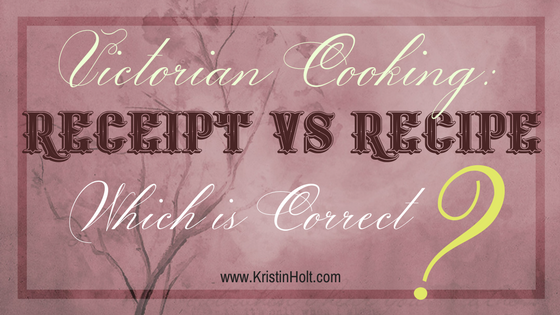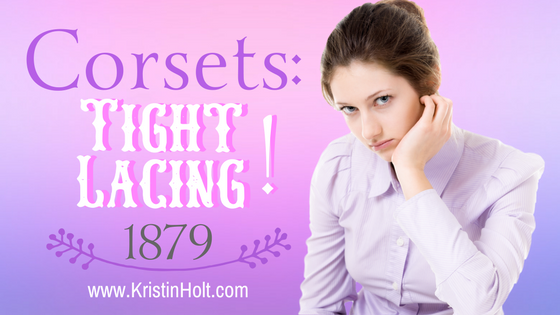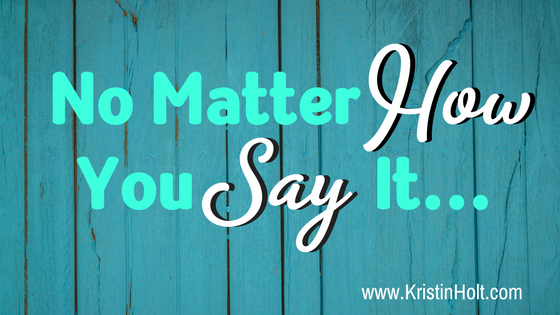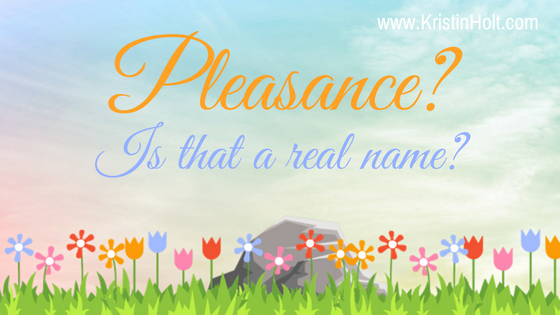
Victorian Cooking: Receipt vs Recipe ~ Which is Correct?
Examining vintage recipes for any kind of edible… or how to prepare laundry soaps… will often use the term “receipt”. What’s up with that? When wasn’t a recipe, a recipe?

Examining vintage recipes for any kind of edible… or how to prepare laundry soaps… will often use the term “receipt”. What’s up with that? When wasn’t a recipe, a recipe?

An unnamed Dress Reformer, utterly against “tight lacing” (corsets), uses the art of poetry to explain that everything that ills a woman–from her attitude to her nature, from length of life to a red-tipped nose–is all a result of the ill-fated habit of tightly cinched corsets. This vintage newspaper publication is an example of the American Victorian’s use of humor to blame fashion on craziness with a price too steep to pay.

An 1865 newspaper article persuades all young people to tell the truth in courtship, and attempts to convince all readers of the stark benefits, compared to disastrous tragedies, when his advice is ignored. A powerful view into Victorian history and attitudes about courtship and marriage.

Have you ever stumbled across a turn of phrase (hold your horses, for instance) in a western historical romance and wondered if it fit? Or if that phrase was too new to be accurate historically? I have. While writing my past few western historical romances, I’ve paused and taken the time to look up most of these phrases, but I probably missed some. I want to share a handful with you here (that appeared in Pleasance’s First Love, set in 1879), along with the history behind that common phrase (colloquialism), when it came to be, and how we know that origin.

Pleasance. That’s an unusual name for a heroine… even for a story set in 1879. Where did it come from? Did you make it up?